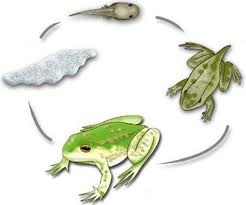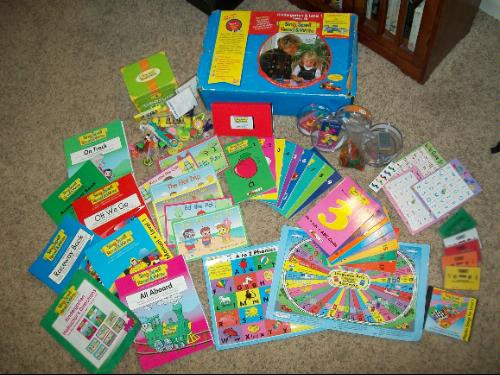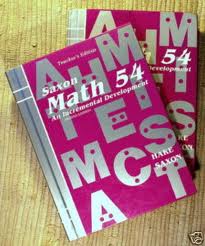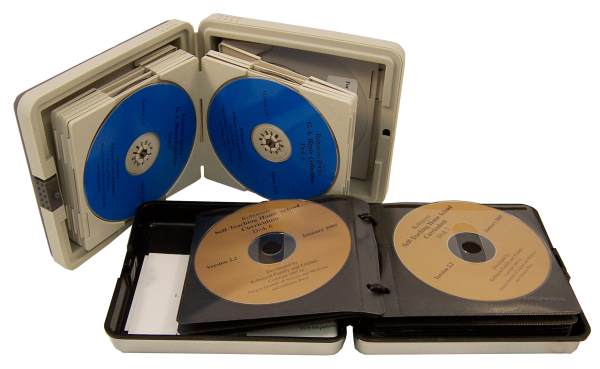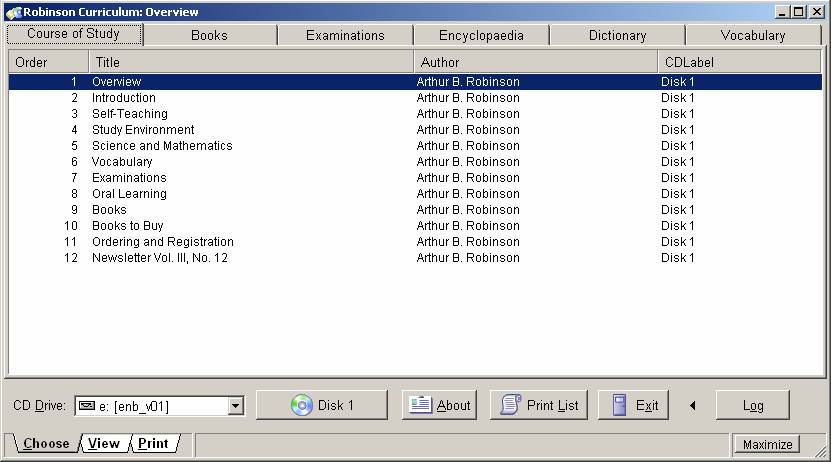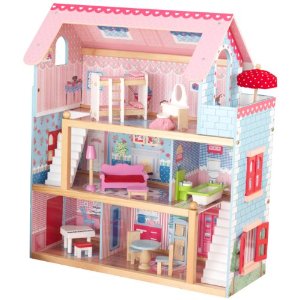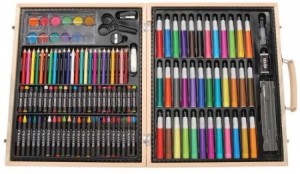There are more and more people are homeschooling through charter school and now online education charter school to teach their kids at home. Online schooling has many benefits and some issues. Not everyone agrees, if that is a good thing or not. As debate for online charter school increases among parents, only you can tell if it works for your and your family. We like many family, use some online class, some in classroom classes and some subjects are taught at home with right homeschooling curriculum.

Source: NY Times
Half a million American children take classes online, with a significant group, like the Weldies, getting all their schooling from virtual public schools. The rapid growth of these schools has provoked debates in courtrooms and legislatures over money, as the schools compete with local districts for millions in public dollars, and over issues like whether online learning is appropriate for young children.
One of the sharpest debates has concerned the Weldies’ school in Wisconsin, where last week the backers of online education persuaded state lawmakers to keep it and 11 other virtual schools open despite a court ruling against them and the opposition of the teachers union. John Watson, a consultant in Colorado who does an annual survey of education that is based on the Internet, said events in Wisconsin followed the pattern in other states where online schools have proliferated fast.
“Somebody says, ‘What’s going on, does this make sense?’ ” Mr. Watson said. “And after some inquiry most states have said, ‘Yes, we like online learning, but these are such new ways of teaching children that we’ll need to change some regulations and get some more oversight.’ ”
Two models of online schooling predominate. In Florida, Illinois and half a dozen other states, growth has been driven by a state-led, state-financed virtual school that does not give a diploma but offers courses that supplement regular work at a traditional school. Generally, these schools enroll only middle and high school students.
At the Florida Virtual School, the largest Internet public school in the country, more than 50,000 students are taking courses this year. School authorities in Traverse City, Mich., hope to use online courses provided by the Michigan Virtual School next fall to educate several hundred students in their homes, alleviating a classroom shortage.
The other model is a full-time online charter school like the Wisconsin Virtual Academy. About 90,000 children get their education from one of 185 such schools nationwide. They are publicly financed, mostly elementary and middle schools.
Many parents attracted to online charters have previously home-schooled their children, including Mrs. Weldie. Her children — Isabel, Harry and Eleanor, all in elementary school — download assignments and communicate intermittently with their certified teachers over the Internet, but they also read story books, write in workbooks and do arithmetic at a table in their basement. Legally, they are considered public school students, not home-schoolers, because their online schools are taxpayer-financed and subject to federal testing requirements.
Despite enthusiastic support from parents, the schools have met with opposition from some educators, who say elementary students may be too young for Internet learning, and from teachers, unions and school boards, partly because they divert state payments from the online student’s home district.
Other opposition has arisen because many online charters contract with for-profit companies to provide their courses. The Wisconsin academy, for example, is run by the tiny Northern Ozaukee School District, north of Milwaukee, in close partnership with K12 Inc., which works with similar schools in 17 states.
The district receives annual state payments of $6,050 for each of its 800 students, which it uses to pay teachers and buy its online curriculum from K12.
Saying he suspected “corporate profiteering” in online schooling, State Senator John Lehman, a Democrat who is chairman of the education committee, last month proposed cutting the payments to virtual schools to $3,000 per student. But during legislative negotiations that proposal was dropped.
See source and full article here: NY Times
Online curriculum has its benefits and issues. Many homeschooler and public school teacher use combination of online curriculum to use 100% online schooling or supplement their educational process. If you choose online curriculum, make sure it is from reputable company with options to change curriculum choices just in case it does not work with your child’s learning style.
Check out:
Distance Education: A Systems View of Online Learning
Engaging the Online Learner: Activities and Resources for Creative Instruction
